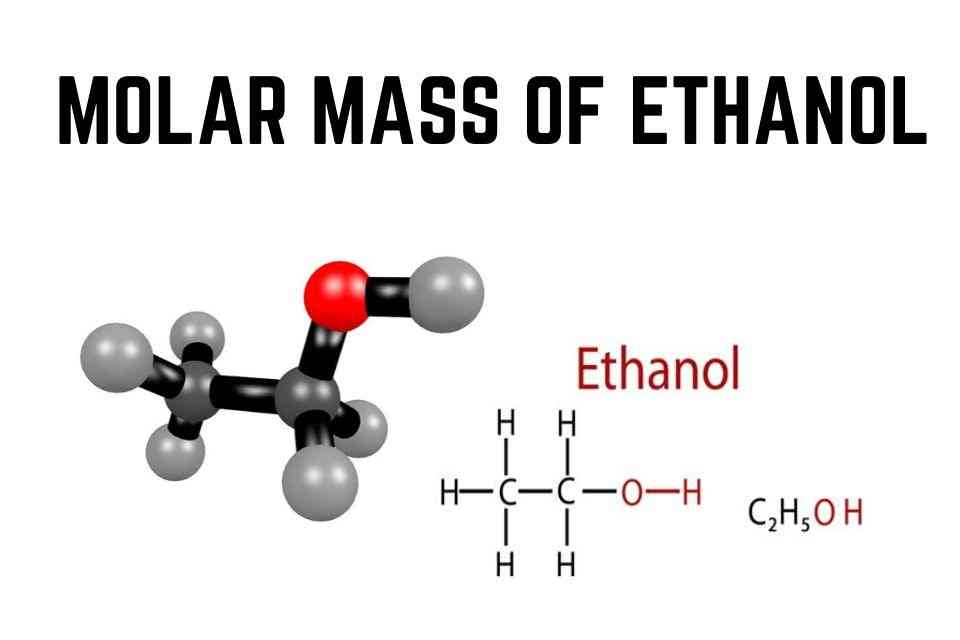

Helium acts as if there were two different species, one with spin 0 and one with spin 1. The net result is that there is little coupling between the singlet and triplet states. The interaction of the electromagnetic field with the spins is much smaller. The interaction that causes a helium atom in an excited state to decay through the emission of photons is due primarily to the interaction between the electromagnetic field and the charge of the electron. The electrons are said to be correlated, and the difference in energy of the singlet and triplet states is due to the difference in the Coulomb repulsion between the two electrons due to the electron correlation.įIGURE 7. This quantum-mechanical effect is sometimes referred to as due to the exchange force it has no classical analog. The electrons act as if they were subject to a force that depends on the relative orientation of the spins. This results in a smaller binding energy for the singlet states. The net result is that in the singlet state the electrons are in general close together and the Coulomb repulsion is larger.

The binding energy for the second electron will be smaller than that for the first electron because the first electron tends to shield the nucleus and thus reduce the effective Coloumb field seen by the second electron.ġ s 2 s 1 S 0 1 s 2 s 3 S 1 ( 1 s ) ( 2 p ) 1 P 1 ( 1 s ) ( 2 p ) 3 P 0, 3 P 1, 3 P 2įor the singlet states, the spin function is antisymmetric under the interchange of the two electrons and the orbital wave function is symmetric for the triplet states, the spin wave function is symmetric under the interchange of the two electrons and the orbital wave function is antisymmetric. The z component of the total spin angular momentum, which is the sum of the z components of the spin angular momenta of the two electrons, will be zero it can be shown that the total spin angular momentum will also be zero. Thus, the quantum numbers ( n, l, m l, m s) for the first electron will be (1, 0, 0, 1 2) and the quantum numbers for the second electron will be (1, 0, 0, − 1 2). Since the spin has little effect upon the energy levels, a lower energy is obtained by putting the second electron in the same orbital state as the first electron but with a different value for the projection of the spin angular momentum along the z axis. Since the second electron cannot be in the same quantum state and thus have the same quantum numbers as the first electron, it must be either in a different orbital state or in a different spin state. To obtain the energy levels for He one adds a second electron to the He + ion.


 0 kommentar(er)
0 kommentar(er)
